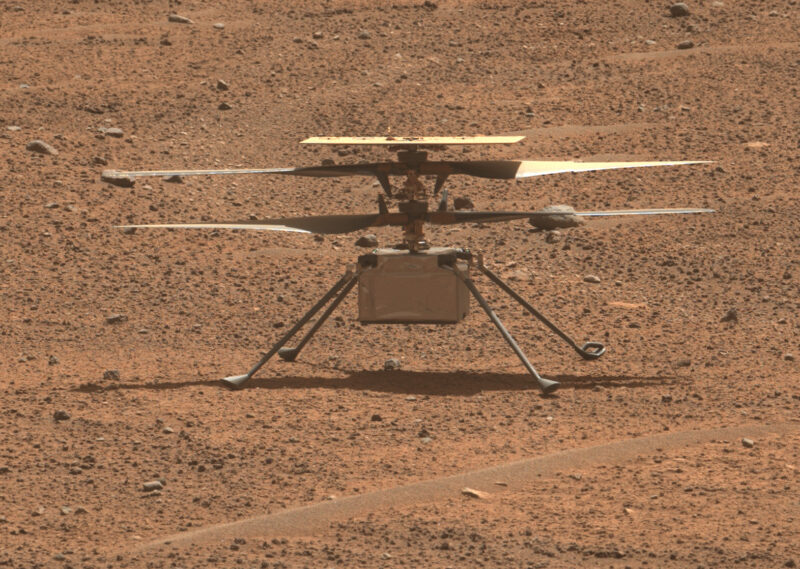
Six years ago, many people would have deemed powered flight on Mars an impossibility. Due to the planet’s tenuous atmosphere, rotor blades or propellers must to spin at velocities approaching the speed of sound in order to generate lift. Minute changes in attitude can send a rotorcraft into a spin, and the rapid adjustments required to maintain stability exceed the abilities of human reflexes. Undaunted by these challenges, a team of engineers at the Jet Propulsion Laboratory (JPL) created the Mars Helicopter project. On April 19th, 2021, their helicopter, named Ingenuity, made history when it accomplished the first powered flight on another world. Over the subsequent three years, Ingenuity broke its own records on a regular basis and proved that Martian rotorcraft are not just practical, but useful for science. 72 flights into what was supposed to be a five-flight mission, one of Ingenuity’s rotor blades was damaged, placing the helicopter out of commission. As a result, NASA decided to retire Ingenuity, even as it looks forward to future extraterrestrial aircraft.
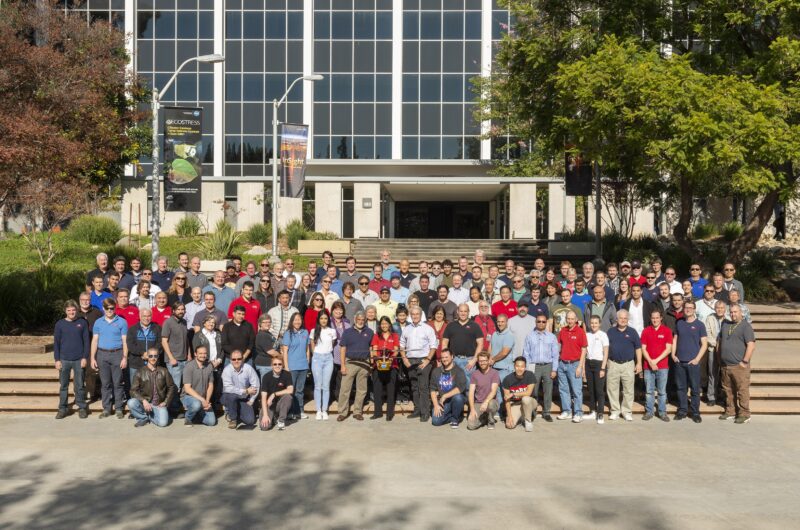
Martian aircraft are not a new concept. As early as the Viking era, planetary scientists suggested that NASA should send a piston-engined airplane to Mars to survey up to 10,000 kilometers of terrain [1]. Helicopter studies date back to the 1990s [2]. However, the idea did not gain traction until 2012, when JPL director Charles Elachi challenged future Mars Helicopter Program Manager MiMi Aung to conduct a detailed feasibility study on a small and affordable rotorcraft.
By 2016, the Mars Helicopter was an official project. Due in part to the advocacy of Representative John Culberson, Congress funded the development of the helicopter. The JPL team designed a small, 1.8-kilogram helicopter which would be able to hitchhike to Mars with the flagship Mars 2020 Perseverance rover. As it would be the first helicopter on Mars or any other planet, the vehicle would be a technology demonstration with limited goals. Once it reached the surface, it would conduct five flights and prove that flight on Mars was possible. This mirrored the history of JPL’s Mars rovers; the microwave oven-sized Sojourner paved the way for the immensely successful Spirit, Opportunity, Curiosity, and Perseverance missions.
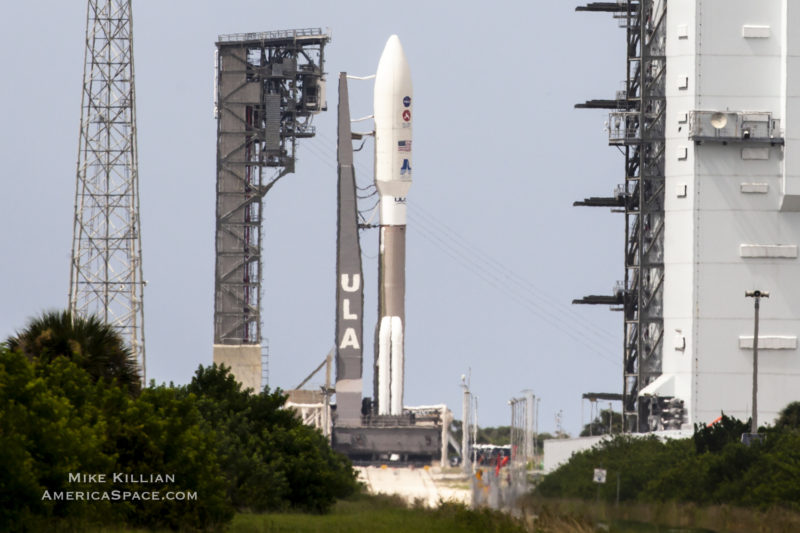
However, the mid-2010s were not always smooth sailing for the Mars Helicopter team. The project had its fair share of critics – even in the scientific community. In 2018, Perseverance Project Scientist Ken Farley remarked, “(A flight demonstration) comes right out of science time. I have personally been opposed to it because we are working very hard for efficiencies and spending 30 days working on a technology demonstration does not further those goals directly from the science point of view.” [3]
Others, however, saw the rotorcraft’s potential. Mars Helicopter Project Scientist Matt Golombek, who also was one of Sojourner’s main advocates, envisioned it playing a valuable role in Perseverance’s mission. As early as 2015, he said, “The rover spends a fair amount of time wandering around, looking for the good stuff to analyze. The idea for the helicopter is that if you could get there beforehand, then the rover wouldn’t need to wander around. It would know exactly where to go: Where are the best outcrops? Where are the key relations that you want to study?” [4]
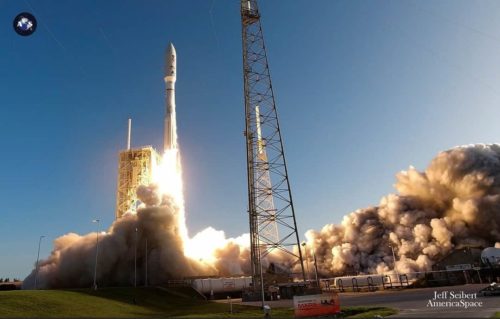
In the end, the project’s advocates won the debate. In 2018, NASA approved the Mars Helicopter for flight alongside Perseverance. Two years’ worth of tests and demonstrations followed. When the first full-scale helicopter prototype was tested under manual control inside one of JPL’s vacuum chambers, it crashed. To hover in Mars’ sparse atmosphere, an Ingenuity-class helicopter’s 1.2-meter-wide rotor blades must spin at 2,500 revolutions per minute. The tips of the rotors travel at 350 miles per hour (157 meters per second), or 46% of the speed of sound on Earth. Our reflexes are not able to adjust fast enough to control a helicopter under these conditions; commercial drone software is inadequate for the same reasons. JPL needed to develop new software capable of making these fine adjustments.
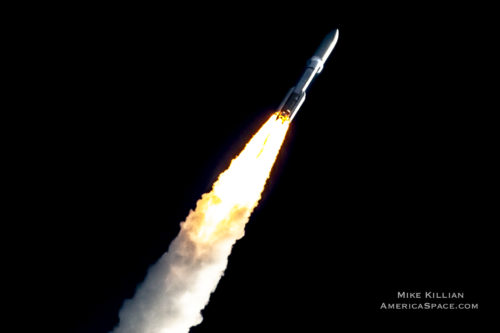
The Mars Helicopter team overcame these early challenges and delivered a robust final design. The flightworthy helicopter was christened Ingenuity by high school student Vaneeza Rupani. During a public contest to name the helicopter, Rupani wrote, “The ingenuity and brilliance of people working hard to overcome the challenges of interplanetary travel are what allow us all to experience the wonders of space exploration. Ingenuity is what allows people to accomplish extraordinary things, and it allows us to expand our horizons to the edges of the universe.” [4] A second prototype passed its test with flying colors, demonstrating that flight on Mars is theoretically plausible – but the ultimate proof of concept would only come from a flight on the Red Planet itself.
Following a launch on a United Launch Alliance Atlas V rocket and a relatively uneventful cruise, Perseverance arrived on Mars in spectacular fashion on February 18th, 2021. For the first time in the history of Mars exploration, a suite of cameras captured its entry, descent, and landing (EDL) sequence firsthand. During the EDL phase, Ingenuity was nestled inside a protective carbon fiber shield on the rover’s belly. Six weeks after landing, Perseverance jettisoned this enclosure. Ingenuity then unfolded its legs and rotor blades, and Perseverance deposited it on a patche of flat, obstacle-free terrain. The team named this area “Wright Brothers Field” in honor of Orville and Wilbur Wright, who designed the first piloted airplane capable of controlled flight. After demonstrating that it could survive the frigid Martian night, Ingenuity tested its rotor blades from the safety of the ground.
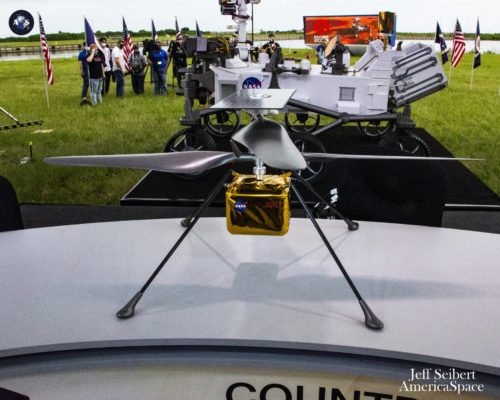
However, the real test would be Ingenuity’s first powered flight. This milestone was originally scheduled for April 11th, 2021, but it was scrubbed due to a minor software issue. Eight days later, Aung and her team of engineers commanded the helicopter to make a second attempt. As radio signals take between 5 and 20 minutes to travel from Earth to Mars (depending on the positions of the two planets), Ingenuity had to fly autonomously. It lifted 10 feet (3 meters) off the ground, rotated 90 degrees, and descended gently back to ground level. The flight may have been modest, but it was also historic. 117 years after the Wright brothers took flight at Kitty Hawk, the Mars Helicopter team proved that flight is possible on a second planet.
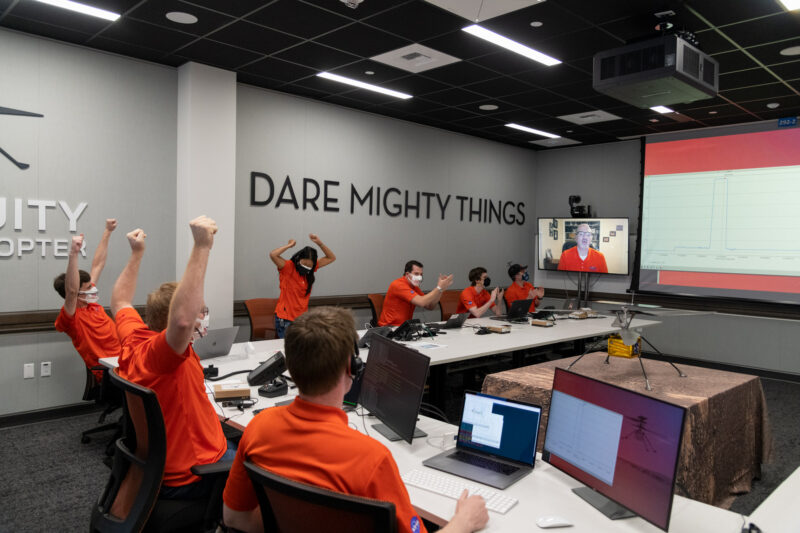
Over the next month, Aung’s team gradually expanded Ingenuity’s flight envelope. During its third flight, Ingenuity flew 164 feet (50 meters) north and returned to land at its point of origin. During the subsequent flight, it used its two cameras to map the terrain underneath its flight path. Ingenuity’s black-and-white camera points down and is primarily used for navigation. Its high-resolution color camera is canted towards the horizon and can be leveraged for reconnaissance and science. For the 5th and final flight of Ingenuity’s prime mission, the team commanded Ingenuity to leave Wright Brothers Field permanently and travel to a new landing site 423 feet (135 meters) away.
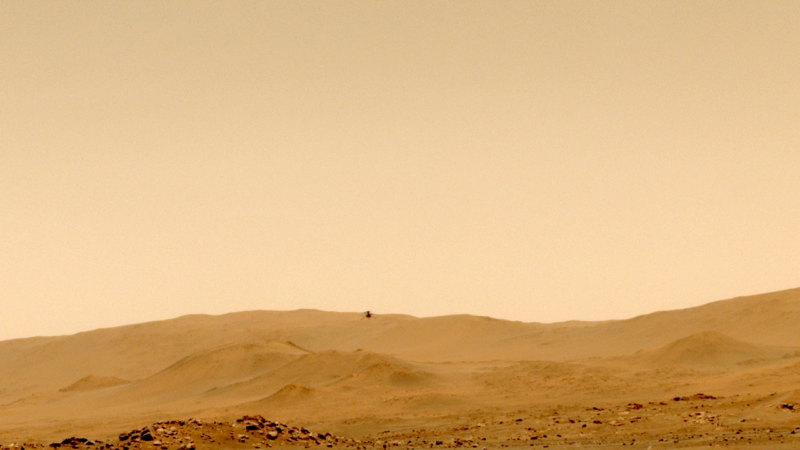
If Ingenuity’s mission had ended at this point, it would have been an unquestioned success. During the helicopter’s first five flights, it accomplished its primary purpose: to prove that flight on Mars is a feasible and relatively reliable form of locomotion. However, Ingenuity’s triumph piqued the interest of NASA’s leaders. They recognized the advantages of its unique aerial perspective, as well as its public relations potential. On May 7th, 2021, Ingenuity began its long second life as a scout for Perseverance. During the “Operations Demonstration” phase of Ingenuity’s mission, flights became less frequent to place a lighter workload on its roving companion. Each excursion involved long flights into difficult terrain, with science as the primary objective.
Over the next three years, Ingenuity made flight on Mars look routine. It travelled ahead of Perseverance, surveying potential traverse routes and science targets. Ingenuity led the rover to the rough, ancient volcanic rocks of the Seitah region. While the rover had to drive around this hazardous terrain, Ingenuity flew directly over it. As a result, it arrived at Jezero Crater’s famous delta ahead of Perseverance. The duo continued their travels through 2023, traversing over the rock-strewn top of the delta in search of samples worthy of return to Earth.

Ingenuity’s flying career was not without its challenges. During the summer of 2022, it was unclear whether Ingenuity would survive its first Martian winter [5]. As a solar-powered spacecraft, it relied on sunlight for power. As Mars’ northern hemisphere approached its winter solstice, each Sol (Martian day) grew shorter than the last. Ingenuity’s power budget dwindled and planned flights were placed on hold. Through careful power management, the helicopter team was able to shepherd Ingenuity through this phase of the year. During its career, Ingenuity also battled a dust storm and executed multiple emergency landings. In each case, its survival was shining proof of its robust design.

The mission also changed our perspective on Mars. Orbiters collect two-dimensional swaths of data, while rovers observe the Martian terrain from eye level. Ingenuity’s perspective bridged the gap between these two endmembers. From its aerial perch, the helicopter returned a steady string of breathtaking photographs. It showed us fractured bedrock, rocky ridges, and rolling sand dunes. During its 26th flight, Ingenuity flew over Perseverance’s parachute and shattered backshell, which played a vital role in delivering both vehicles safely to Mars. On two occasions, Ingenuity even photographed Perseverance from the air. When the second of these images was taken, Perseverance was situated on the gaping 3,000-foot-wide (900-meter-wide) rim of Belva Crater. This scene – a car-sized rover seen by a flying helicopter on a planet which is millions of miles away – is a testament to human creativity and tenacity.
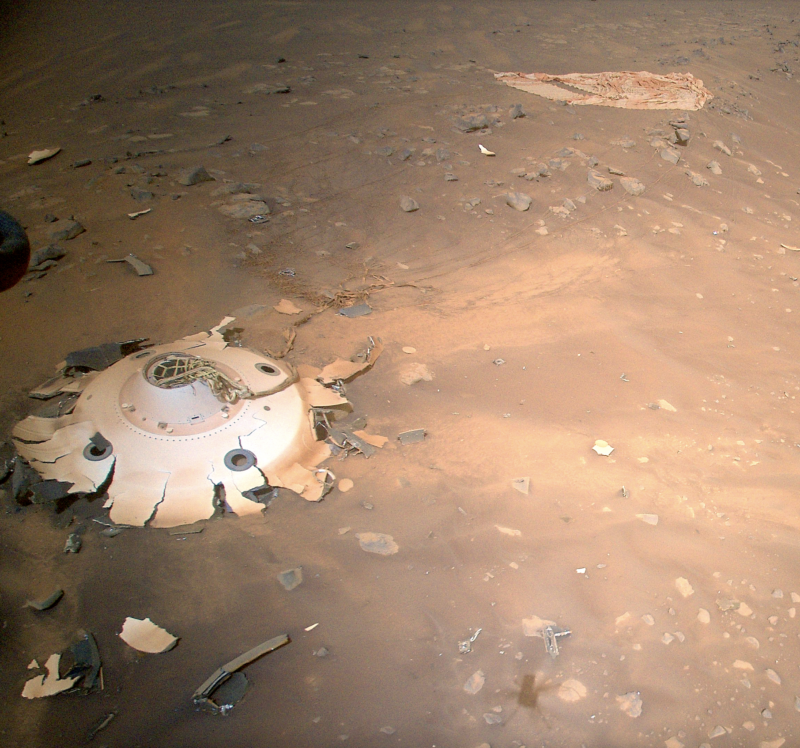
Ingenuity’s achievements are nothing short of astounding. When its mission ended, the groundbreaking rotorcraft had flown a total of 10.5 miles (17 kilometers). In aggregate, it spent two hours and eight minutes aloft, which is over half an hour longer than an average flight from New York City to Washington, DC. Its longest flight covered 2,326 feet, which is the longest distance covered by any robotic Mars explorer in one Sol – whether it be a rover or a helicopter. During the final months of its mission, NASA tested Ingenuity’s performance at high speeds and turn rates. These test flights generated data which will be used to improve the designs of future Mars helicopters.
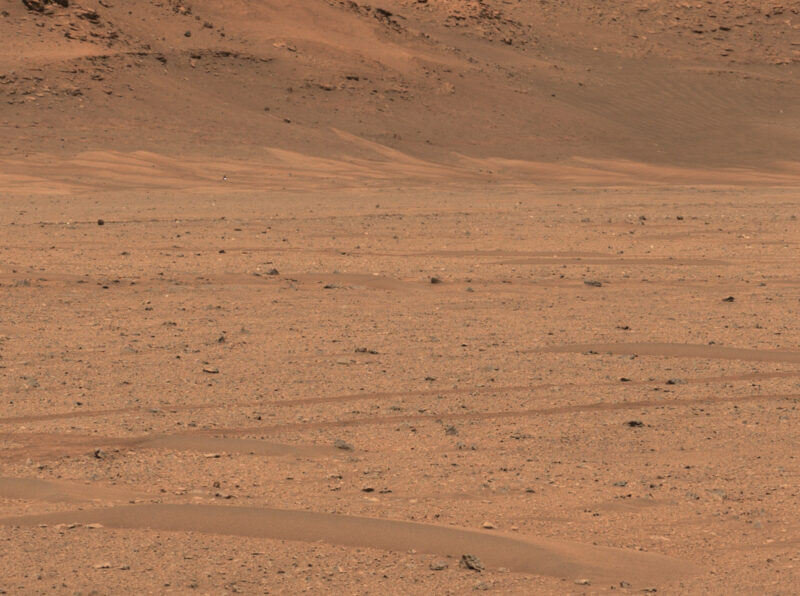
Little did the team know that Ingenuity’s mission was rapidly approaching its final days. As 2024 began, the helicopter was surveying the fossilized river channel which once fed an ancient lake in Jezero Crater. This area may become a target for Perseverance once it wraps up its work at Jezero’s postulated former shoreline. Flight 70 took place just before the Christmas holidays. Based on publicly-available data, this foray appeared to go well. Flight 71 was supposed to explore another portion of the channel while covering 1,170 feet (358 meters). However, Ingenuity was forced to make an emergency landing after travelling just 233 feet (71 meters). According to Project Manager Teddy Tzanetos, the helicopter was unable to get its bearings amidst bland, featureless terrain [6].
Ingenuity’s 72nd and final flight took place on Thursday, January 18th. Its last flight was somewhat similar to its first. The objective was to collect additional data on the health of the helicopter’s systems following the abort which took place twelve days prior. Ingenuity’s operators commanded it to climb to a height of 39 feet (12 meters), then descend and land at the takeoff site. However, as it descended, the flight plan started to unravel. Ingenuity lost contact with Perseverance, which relays its signals to Earth. The radio link was reestablished on the next day, which gave momentary relief to the helicopter’s Earthbound supporters.
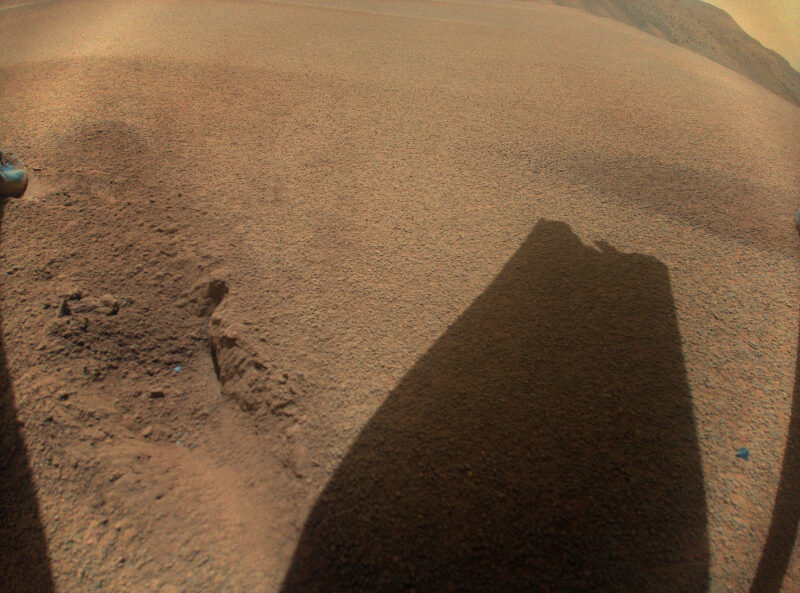
However, it quickly became apparent that Ingenuity’s flying days were over. One image from its color camera captured the shadow of one of its rotor blades. The image confirmed that the helicopter was upright and intact. Unfortunately, the tip of the rotor was clearly mangled. With this damage, it would be impossible for Ingenuity to maintain control in the air. Based on JPL’s preliminary analysis, Tzanetos believes that the helicopter encountered the same issue which it experienced during Flight 71 due to the homogenous landscape which surrounded it. The helicopter descended too rapidly, and at least one of the rotor blades likely struck the Martian regolith. A conclusive determination of the cause of the accident might require observations from Perseverance. The rover’s planned traverse will pass by the crash site at a distance of 200 meters. As a result of the damage which it sustained, NASA decided to retire Ingenuity from service on January 25th.
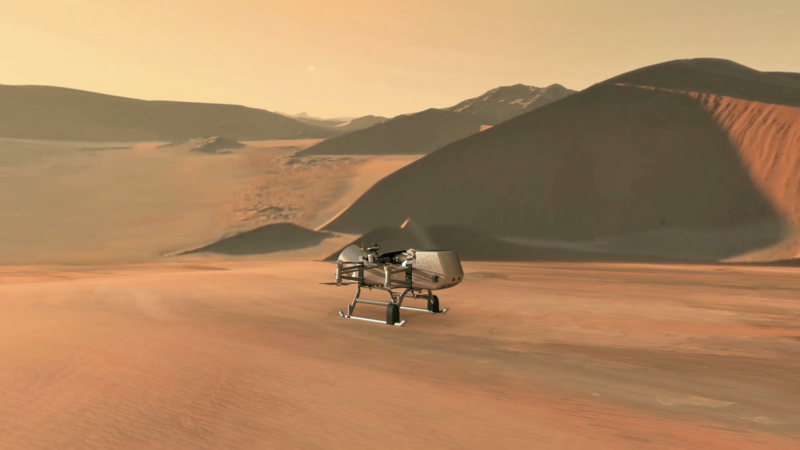
While Flight 72 was the end of Ingenuity’s career, it is just the end of the first chapter in the story of interplanetary aircraft. NASA’s plan for the ambitious Mars Sample Return (MSR) campaign is currently in review. However, the current architecture includes not one, but two helicopters. These vehicles will be similar in size to Ingenuity, but they will feature miniaturized robotic arms. The MSR helicopters will pick up samples cached by Perseverance and deliver them to a lander, which will package them for return to Earth. JPL is also designing a larger rotorcraft called the Mars Science Helicopter. This 13-foot-wide hexacopter could fly 100 kilometers over the course of its mission. It could enable the exploration of expansive sites such as the Eridania Basin, an ancient Martian sea which featured widespread submarine hydrothermal vents. Finally, the Dragonfly octacopter is perhaps the ultimate successor to Ingenuity. The car-sized Dragonfly will land on Saturn’s moon Titan in 2034 to study its complex prebiotic chemistry. Titan’s thick atmosphere and low gravitational field make flight on this world more efficient than on Earth.

Ingenuity’s loss was saddening, but its legacy is unimpeachable. It operated 14 times longer than its creators intended, and it proved that helicopters can provide valuable data to rover drivers and scientists. In an era where robotic spacecraft have continuously operated at Mars for 27 years, it also captivated the public imagination. Before Ingenuity was conceived, flight on other worlds was the domain of science fiction. Now, it is squarely part of reality. Ingenuity will be remembered as one of NASA’s most innovative and successful Mars missions, while its influence will continue to reshape the future of planetary exploration for years to come.





